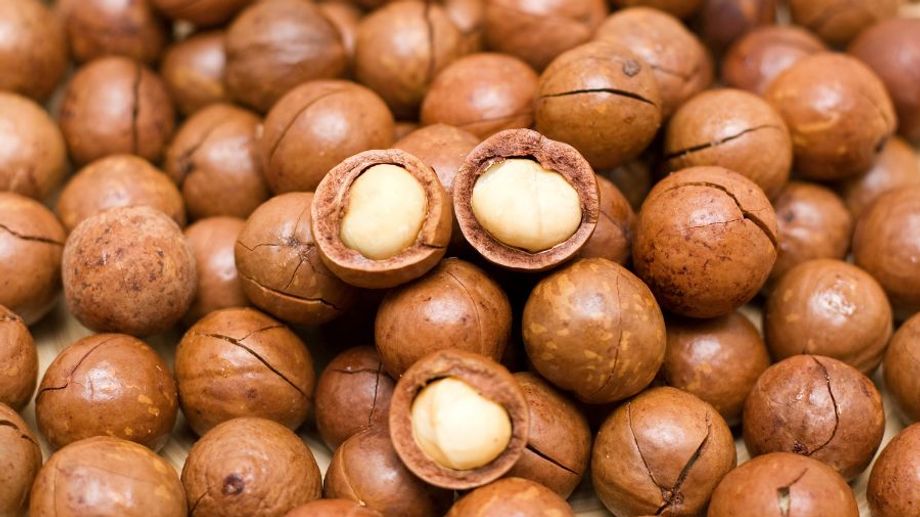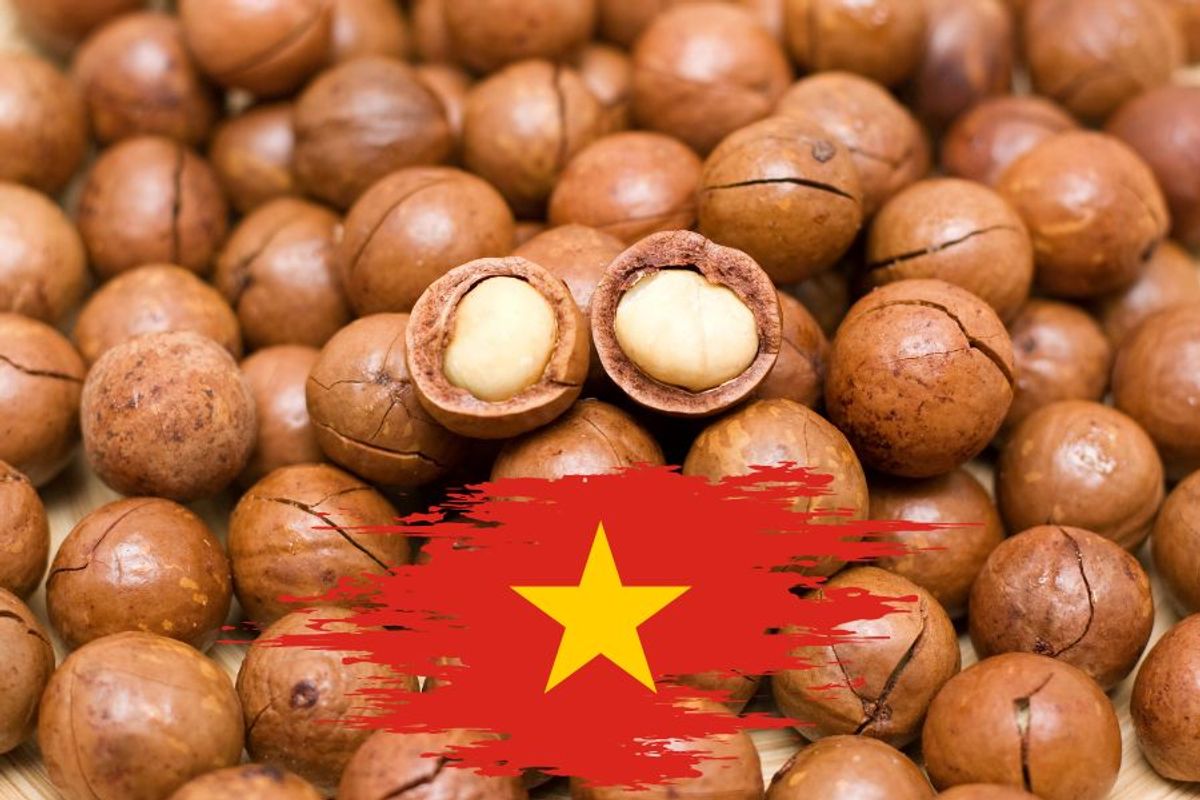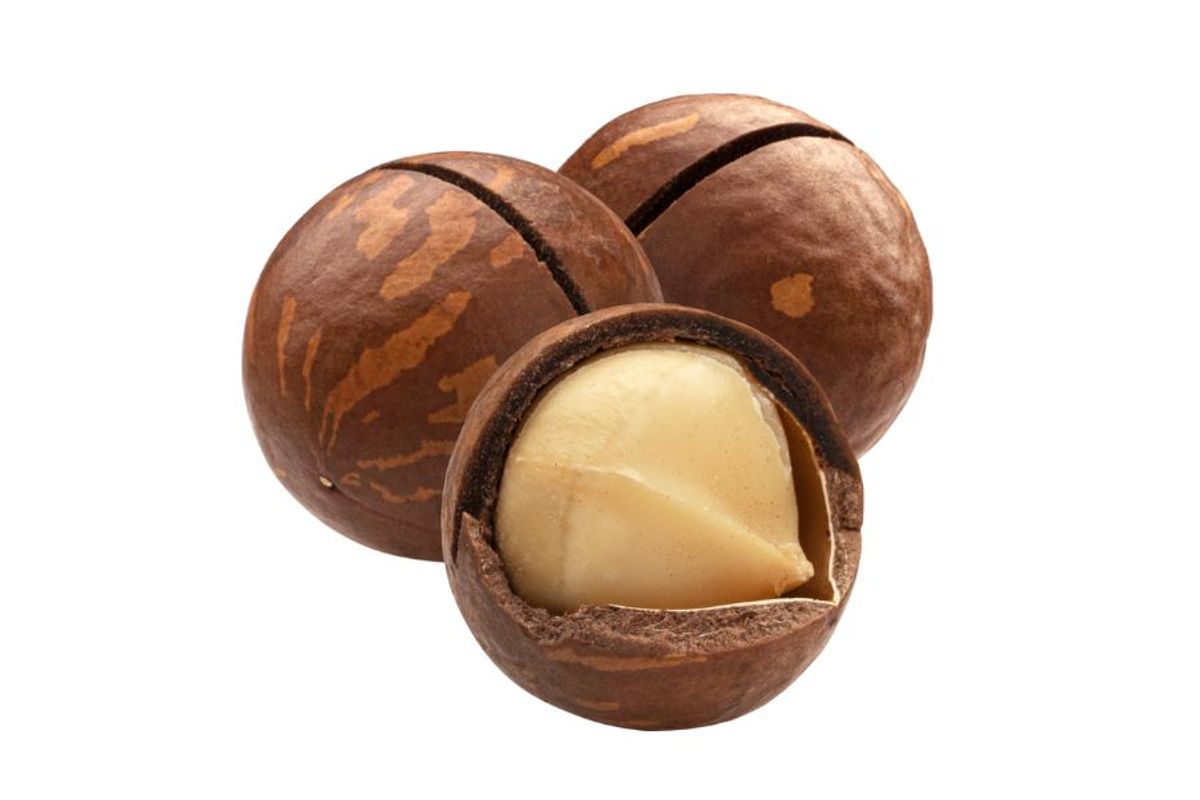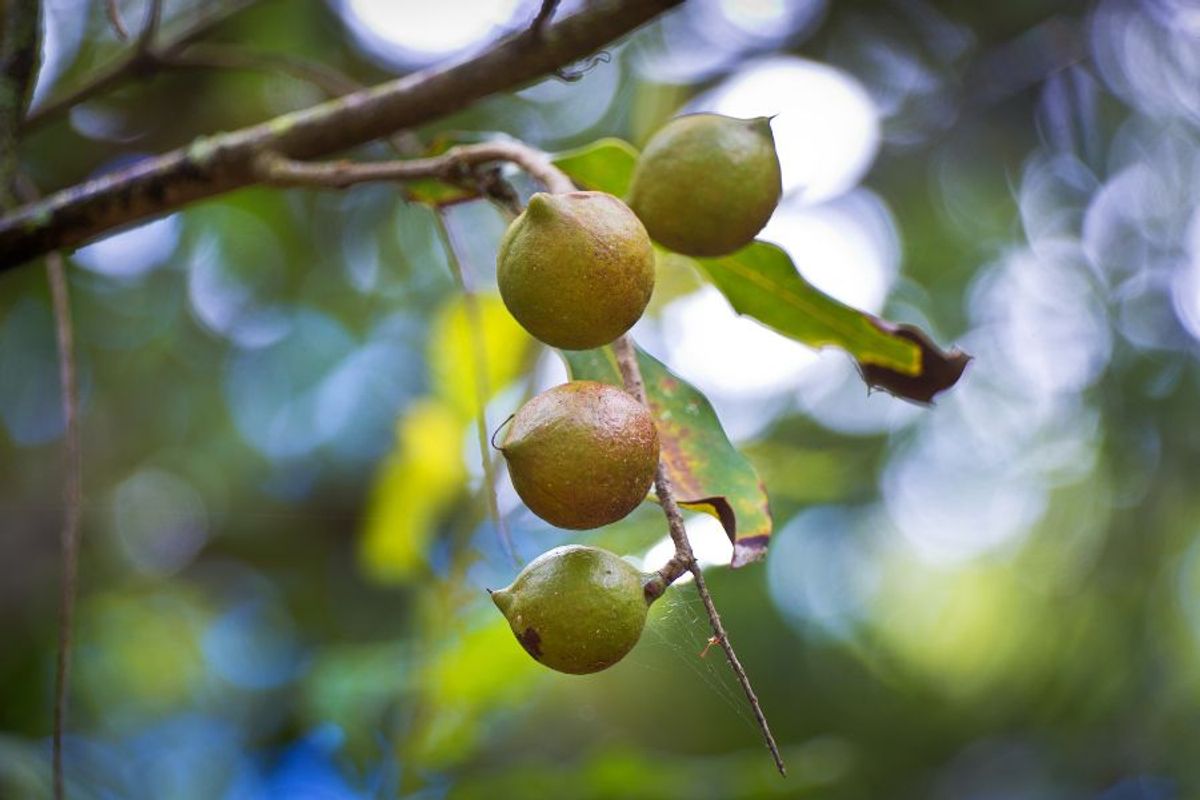Why Vietnamese Macadamia Nuts Are the World’s New Favorite Superfood

Mục lục
- 1. A Short History: How Macadamias Found a Home in Vietnam
- 2. What Makes Vietnamese Macadamias So Special?
- 3. Where They Grow: The Heartland of Vietnamese Macadamia
- 4. From Tree to Treat: The Journey of a Vietnamese Macadamia
- 5. Sustainable Farming: A Green Future for Vietnamese Macadamia
- 6. Health Benefits of Vietnamese Macadamia Nuts
- 7. How to Enjoy Macadamia Nuts—Vietnamese Style
- 8. A Global Star: Vietnamese Macadamia on the World Market
- 9. Tips for Buying the Best Vietnamese Macadamias
- 10. Where to Find Vietnamese Macadamias
- 11. Final Thoughts: A Nut Worth Celebrating
When you think of Vietnam, chances are you imagine a hot bowl of pho, fragrant spices, bold coffee, or tropical fruits. But there’s a new gem rising from the misty highlands of this vibrant country—macadamia nuts from Vietnam. Rich, creamy, and packed with nutrients, these luxurious nuts are gaining serious attention across the globe.
More than just a delicious snack, Vietnamese macadamia nuts represent a perfect blend of sustainable farming, exotic flavor, and health-conscious living. Whether you’re a foodie, a wellness enthusiast, or someone who simply enjoys good-quality ingredients, this is one superfood worth getting to know.
Let’s explore how Vietnam is becoming a major force in the global macadamia market—and why you might want to make these buttery treasures part of your daily life.
A Short History: How Macadamias Found a Home in Vietnam
Although macadamias originally hail from Australia, their journey to Vietnam is a story of smart agricultural vision and a perfect climate match.
In the early 2000s, agricultural experts began testing macadamia trees in Vietnam’s northern and central highlands. They discovered something promising: the soil and weather conditions in places like Dak Lak, Lam Dong, Dien Bien, and Son La were ideal for growing this high-value crop.
The cool air, volcanic soil, and balanced rainfall created a near-perfect environment. Over time, the trees adapted beautifully, producing nuts that many now say rival or even surpass the quality of Australian macadamias.
Today, macadamia farming is a fast-growing industry in Vietnam, transforming rural communities and placing the country on the map as a serious player in the world of premium nuts.

What Makes Vietnamese Macadamias So Special?
Macadamia nuts are already considered one of the most luxurious nuts in the world. But Vietnamese macadamias have a few qualities that make them stand out even more:
- A rich, buttery taste that feels indulgent and smooth
- Naturally sweet aftertaste that doesn’t require added sugars
- Low moisture content, which keeps them fresher longer
- High oil content, giving them that signature melt-in-your-mouth texture
- Hand-harvested and slow-roasted, often using traditional methods
Vietnam’s macadamia farms are typically small-scale and sustainably operated, meaning more care goes into every step—from cultivation to packaging. These are not mass-produced nuts. They’re grown with intention and attention to detail.
Where They Grow: The Heartland of Vietnamese Macadamia
The best Vietnamese macadamias come from the country’s highland provinces, each offering unique benefits for cultivation:
- Dak Lak is known for its rich, volcanic soil—perfect for macadamia trees to grow deep roots and produce nutrient-rich nuts.
- Lam Dong, famous for its coffee and tea, is quickly becoming a hub for macadamia innovation.
- Son La and Dien Bien, in the north, are developing rapidly with government support and investment in green agriculture.
These regions are not only producing high-quality macadamias but also becoming agricultural tourism hotspots, offering visitors a chance to experience nut harvesting, drying, and tasting firsthand.
From Tree to Treat: The Journey of a Vietnamese Macadamia
Bringing these luxurious nuts from the tree to your table is a careful, slow process—one that favors quality over quantity.
Here’s a simplified version of how it works:
- Planting the trees, which take about 5 to 7 years to start producing nuts.
- Waiting for nature to do its thing—macadamias are only harvested once they naturally fall from the tree.
- Hand-harvesting, often done by local farmers who sort the nuts by size and condition.
- Drying the nuts, reducing their moisture content to improve shelf life and intensify flavor.
- Cracking the hard shells, using machinery followed by manual sorting to ensure only the best nuts make it through.
- Packaging with care, often vacuum-sealed or nitrogen-flushed to maintain freshness during global shipping.
Every stage of this process is done with a focus on flavor, nutrition, and sustainability.
Sustainable Farming: A Green Future for Vietnamese Macadamia
One of the most exciting things about macadamia farming in Vietnam is its positive impact on the environment.
Unlike many water-thirsty crops, macadamia trees are relatively low maintenance. They don’t require excessive irrigation and often grow well in agroforestry systems alongside coffee, tea, or avocado trees.
These eco-friendly practices include:
- Minimal pesticide use, as macadamia trees are naturally pest-resistant
- Carbon sequestration, as the trees absorb CO₂ over their long lifespans
- Job creation in rural, often underserved areas
Vietnam’s move toward climate-smart farming makes these nuts not just good for you—but good for the planet, too.

Health Benefits of Vietnamese Macadamia Nuts
Besides their rich taste and eco-credentials, Vietnamese macadamias are also nutritional powerhouses.
They’re especially known for:
- Healthy fats: High in monounsaturated fats, which support heart health and lower bad cholesterol
- Antioxidants: Help reduce inflammation, support brain health, and fight cellular damage
- Low carbohydrate content, making them ideal for low-carb and keto diets
- Protein and fiber, which keep you feeling full and satisfied
- Essential minerals like magnesium, iron, copper, and manganese
Just a handful a day can help regulate energy, improve skin health, and even aid in weight management when eaten as part of a balanced diet.
How to Enjoy Macadamia Nuts—Vietnamese Style
Macadamia nuts may be considered a premium ingredient, but they’re incredibly versatile in both traditional Vietnamese and modern dishes.
Here are some delicious ways to enjoy them:
- Straight from the pack—either raw or lightly roasted
- Blended into smoothies or yogurt bowls for creaminess and crunch
- Used in baking—cookies, cakes, and pastries love that buttery touch
- Ground into nut butter, perfect for toast or stir-fries
- Sprinkled on salads or grain bowls, adding flavor and texture
- Infused in local recipes, like sticky rice with macadamia or caramelized pork with nut topping
Vietnamese chefs are increasingly using macadamias in creative ways—merging global health trends with local culinary traditions.
A Global Star: Vietnamese Macadamia on the World Market
The world is starting to take notice.
Vietnamese macadamias are now being exported to countries like Japan, South Korea, China, Australia, the USA, and across Europe. Demand is growing rapidly as people discover the exceptional taste and purity of these nuts.
These nuts are used in:
- Gourmet snack mixes
- Vegan desserts and plant-based recipes
- Bakery items and health bars
- Premium gift sets, especially in Asian markets
With global interest growing, Vietnam is well on its way to becoming one of the leading macadamia exporters in the world.
Tips for Buying the Best Vietnamese Macadamias
Not all macadamia nuts are equal. When shopping, keep these tips in mind to get the best quality:
- Look for whole nuts with smooth, creamy kernels and no dark spots.
- Choose nuts that smell fresh and nutty, not rancid or musty.
- Pick vacuum-sealed packaging or jars with freshness indicators.
- Buy from trusted sources that label the Vietnamese region of origin.
- Go for unsalted or dry-roasted versions if you’re aiming for maximum health benefits.
Whenever possible, buy directly from Vietnamese producers or cooperatives to support ethical farming and ensure freshness.
Where to Find Vietnamese Macadamias
You don’t need to fly to Vietnam to enjoy these treasures—though that would be fun! Many Vietnamese macadamia producers now sell their products internationally through:
- Online platforms like Shopee, Lazada, or Amazon
- Health food stores and specialty markets
- Direct-from-farm websites offering worldwide shipping
- Organic stores and farmers' markets within Vietnam
Buying direct helps ensure you're getting fresh, ethically sourced macadamias—and it supports small-scale Vietnamese farmers at the same time.

Final Thoughts: A Nut Worth Celebrating
Vietnam’s entry into the macadamia world is more than just an agricultural success story—it’s a symbol of sustainable progress, culinary creativity, and global connection.
From the cool, misty highlands of Dak Lak to kitchens around the world, Vietnamese macadamia nuts bring flavor, nutrition, and heart to every handful.
So the next time you’re craving a healthy snack or searching for the perfect nut to elevate your baking, remember: Vietnamese macadamias aren't just tasty—they're a taste of Vietnam’s future.
Learn more: Vietnamese Macadamia Nuts